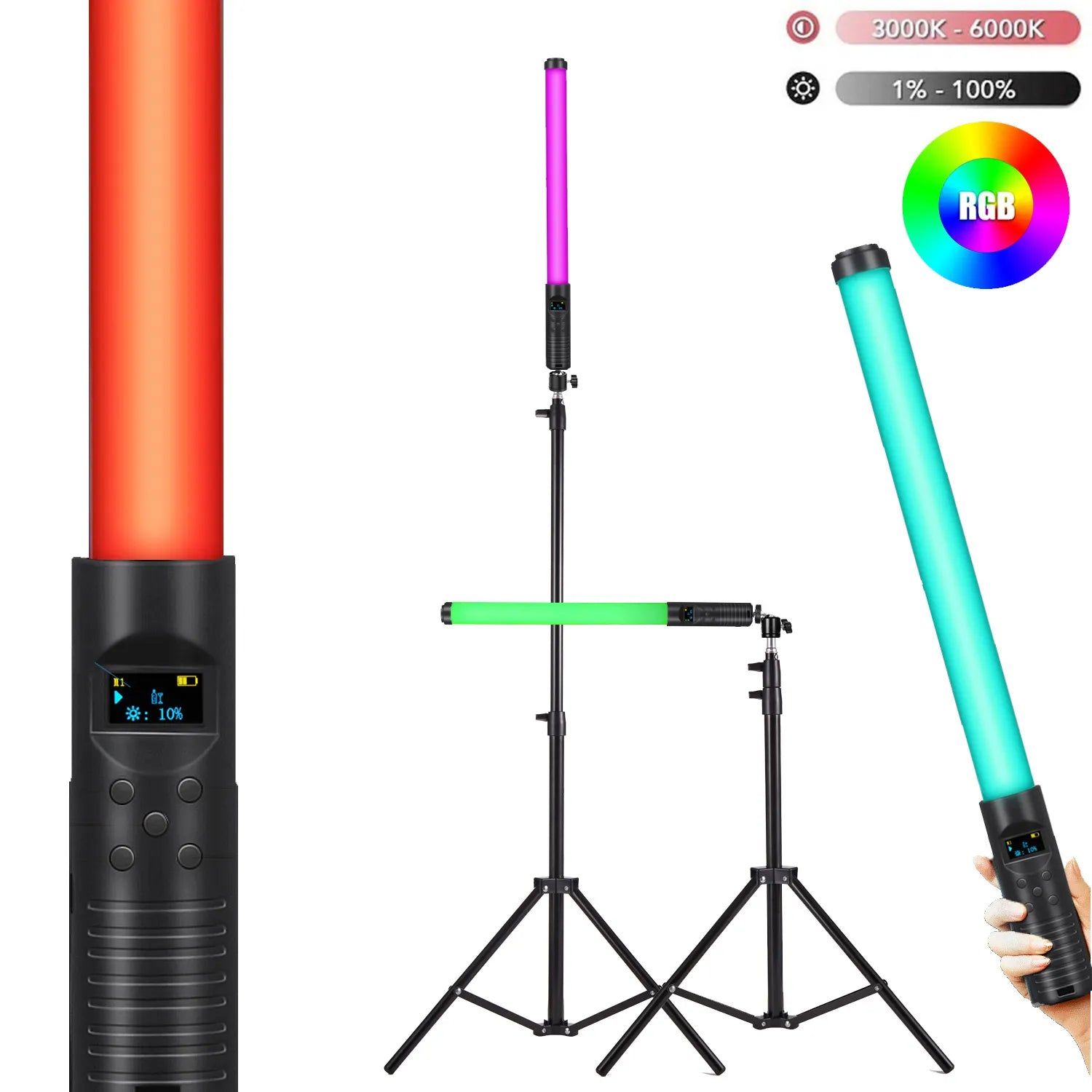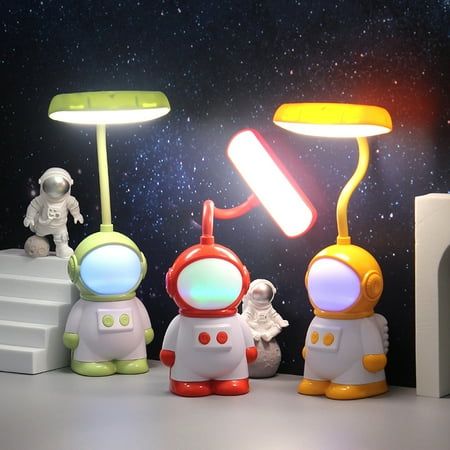
The adoption of LED lamps has been steadily increasing over the past few years as more and more consumers and businesses are realizing the benefits of this energy-efficient lighting technology. LED lamps offer numerous advantages over traditional incandescent and fluorescent light bulbs, including longer lifespan, lower energy consumption, and improved light quality. Not only do LED lamps consume less energy, but they also produce less heat, making them safer and more environmentally friendly. In addition, LED lamps are highly durable and resistant to shocks and vibrations, making them ideal for use in a variety of settings, from homes and offices to outdoor spaces and industrial facilities. With advancements in LED technology continually improving, the future looks bright for the widespread adoption of LED lamps as the go-to lighting solution for a more sustainable and efficient future.
Led lamps have experienced a sharp rise in popularity in recent years due to their energy efficiency and versatility. These lamps use significantly less energy than traditional incandescent bulbs, helping consumers save money on their electricity bills. In addition to being more cost-effective, LED lamps also have a longer lifespan, reducing the frequency at which they need to be replaced.
One of the main reasons for the increased adoption of LED lamps is their sustainability benefits. LED lamps are free of toxic chemicals and are 100% recyclable, making them a more environmentally friendly lighting option. This has resonated with consumers who are becoming increasingly conscious of their environmental impact and are looking for ways to reduce their carbon footprint. As such, LED lamps have become a popular choice for eco-conscious individuals and businesses alike.
Furthermore, LED lamps offer a wide range of design options, making them suitable for various lighting needs. They come in different shapes, sizes, and colors, allowing users to customize their lighting to suit their preferences and space’s aesthetic. Additionally, LED lamps are dimmable and can be used with smart lighting systems, offering users greater control over their lighting settings. This flexibility, combined with the energy-saving and sustainability benefits, makes LED lamps an attractive option for both residential and commercial applications.
 Decoration Ideas
Decoration Ideas








